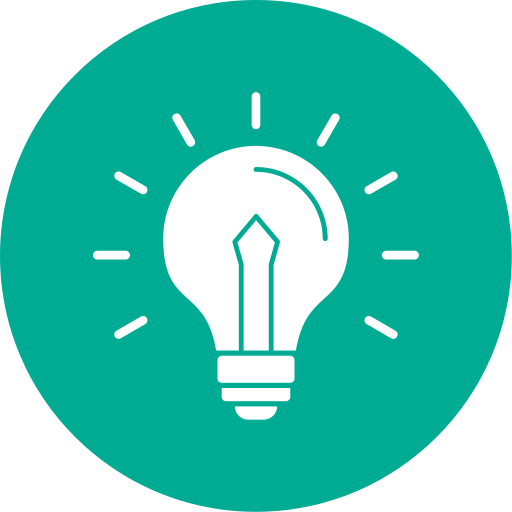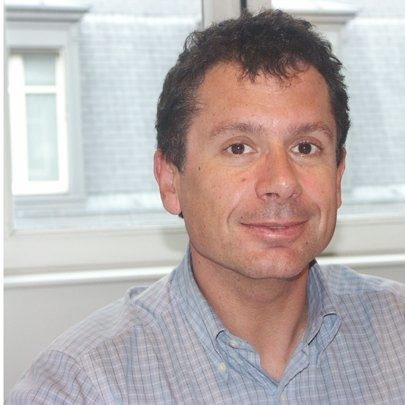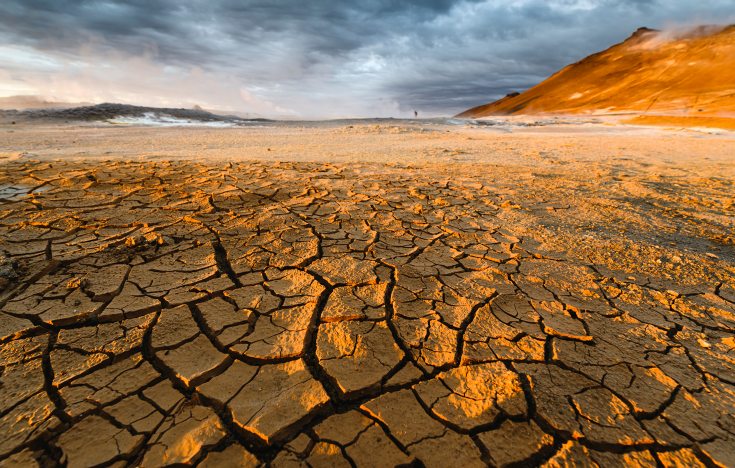Disruptions to the hydrological cycle are making the headlines, from drought increasing 30% in duration since the 2000s, floods resulting in severe financial losses, and rising water pollution. Since the 1960s, global water demand has more than doubled, mainly due to rising living standards and inefficiencies in the water cycle. Over the same period, world renewable fresh water sources have fallen by 60%. In a recent report, WWF estimated the economic value of water and freshwater ecosystems at USD58 trillion. According to BNP Paribas’ Markets360 experts, demand for water is expected to increase by 50% by 2030. In its Water Risk Filter, WWF forecasts 46% of global GDP will come from high-water risk regions in 2050. With increasing communities facing water stress – one in two persons face water stress one month per year – mitigating the effects of water stress and the destruction of freshwater ecosystems is paramount. Water has been one of the main topics for BNP Paribas across corporate and institutional clients, driving several discussions and initiatives such as client webinars and the Bank’s Sustainable Future Forum event.
According to Constance Chalchat, Head of CIB Company Engagement and Chief Sustainability Officer BNP Paribas Global Markets, “Nature is core to reducing climate risk and strengthening our planetary resilience. Mutually dependent on climate, water is the second most important investment theme after climate change for (thematic) investors. At BNP Paribas, our teams continuously innovate to find financial solutions to preserve both green and blue waters.”

❝ At BNP Paribas, our teams continuously innovate to find financial solutions to preserve both green and blue waters. ❞

Did you know…
Green water is water held in plants. Blue water is found in lakes, rivers, and reservoirs.
Billions needed to deliver water security in EMEA
EMEA remains one of the most water-stressed zones. Within the EU, water stress is a growing concern, with Belgium and Greece amongst the top 25 countries globally facing extreme water stress on a regular basis, with Belgium currently using more than 80% of its available supply. At the corporate level, the latest EIB Investment Survey saw 64% of EU firms report to be directly affected by physical climate change risks. While the EU spends on average EUR100 billion per annum on water and sanitation, infrastructures are outdated with water loss rates of up to 25%. According to the OECD, the EU will need to up its spending to EUR300 billion to deliver adequate drinking water and sanitation facilities for its populations.

❝ The cheapest water infrastructure is always the one that we don’t need to build in the first place. So we should really seek to manage demand, reduce pollution at the source, and use nature-based solutions to reduce those investment needs. ❞
Increased transparency through policy coordination and collaboration
While some countries look good on the aggregate, countries’ policy responses are unequal and mask large local and regional issues. In the United States, several west coast states use more water than they receive each year. In California, farmers use non-efficient water irrigation system to produce food, depleting the Colorado River and resulting in permanent water-stress for the majority of its food-producing farmers.
The picture is similar in APAC, where water demand is accelerating. In India, its fast-growing population representing 17% of the world’s population, continues to put pressure on its water and sanitation systems with mainly women and girls affected.
Derisking the water sector through enhanced policy coherence at both the regional and local levels attracts private sector investment and financing, by providing investors with the operational visibility and structure they need to commit long-term capital, so-called patient capital, on a stand-alone basis or as co-investors alongside other public and private actors. Introducing polluter-based principles and differentiated pricing for different usages, could add further clarity and result in revised agricultural quotas, while promoting nature-based solutions and policy coherence.
The role of the private sector
The debate around the role of the private sector in public sector utilities is never ending. Bringing experience from the Middle East, BNP Paribas’ Deputy Head of Energy origination, energy resources and infrastructure, Rachid Bouhamidi reflects: “We all need access to affordable water. The private sector has a clear role in the water industry. While the public sector is responsible for the continuity, quality, and affordability of the service, the private sector can participate in a variety of ways, including the management of projects, the development of new and innovative solutions, and as investors alongside the public sector.”

❝ The private sector has a clear role in the water industry. ❞
And corporates are stepping up. With only 1% of freshwater accessible today, innovation and investments to reduce pressure throughout the water cycle are key. In its latest strategic plan, the French industrial Veolia committed to optimise and develop municipal water treatment, as well as to contribute to the control of key resources and climate imbalances by its customers, and the development of alternative water resources, including the reuse of wastewater and seawater desalination.
Veolia advocates for responsible water consumption and usage by actively working towards solutions that improve access to drinking water and promotes local stakeholder engagement.

❝ Finding solutions regarding water scarcity is part of our every-day business. ❞
Working across the ecological transformation, its innovation practices are focused on health, new pollutants, green energy, circularity in the food chain, and developing new digital services and material loops to reduce climate imbalances and manage crisis situations. Physical climate risk is rising in the agenda and is growing in importance given the momentum of climate disclosure measures and approaches such as TCFD.
Private market investors are raising the bar
While only a handful of green bonds includes actions on biodiversity, the European private equity firm, Eurazeo, put biodiversity considerations on its ESG agenda 10 years ago. In 2022, the group strengthened its sustainability framework. In its latest progress report, Eurazeo included a particular focus on biodiversity, including own and portfolio companies’ impact on water and soil pollutants, water use, and use of freshwater and marine ecosystems. Working with its portfolio companies and applying the Principal Adverse Impact (PAI) indicators, Eurazeo identifies (and measures) those portfolio companies that have a negative impact on sensitive biodiversity areas. In 2022, less than 4% of its portfolio companies had activities that negatively affected biodiversity sensitive areas. Today, nearly EUR5 billion of Eurazeo’s portfolio is invested in projects with direct impact on emissions, climate, and health care.

❝ Private finance can play a huge role to accelerate the financing and the implementation of solutions to accelerate the transition. ❞
At a recent panel on water at the Sustainable Future Forum Paris, Eurazeo’s Sophie Flak, Member of Eurazeo’s Executive Board and Managing Partner, ESG & Digital Eurazeo, commented on the role of the private sector: “I am strongly convinced that private finance can play a huge role to accelerate the financing and the implementation of solutions to accelerate the transition.”
For more expert insights, check out the replay of 2023 BNP Paribas Sustainable Future Forum
